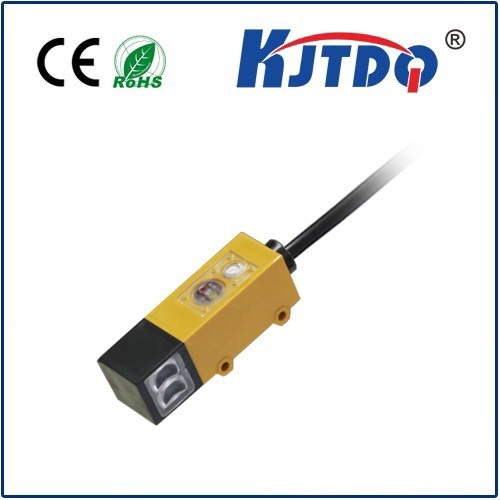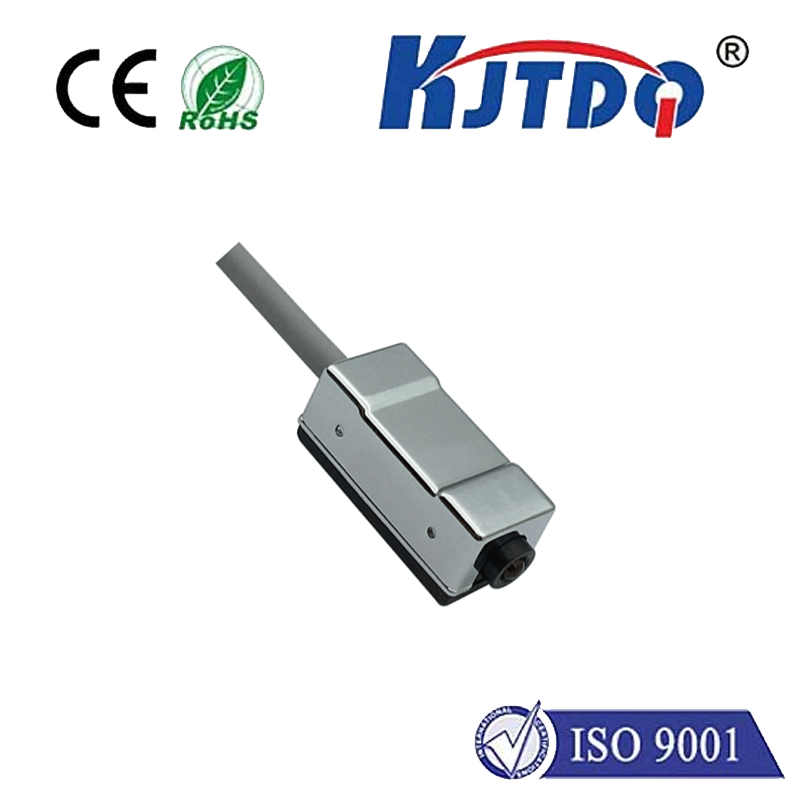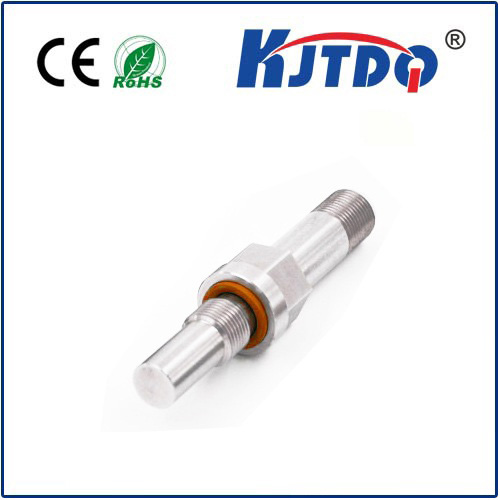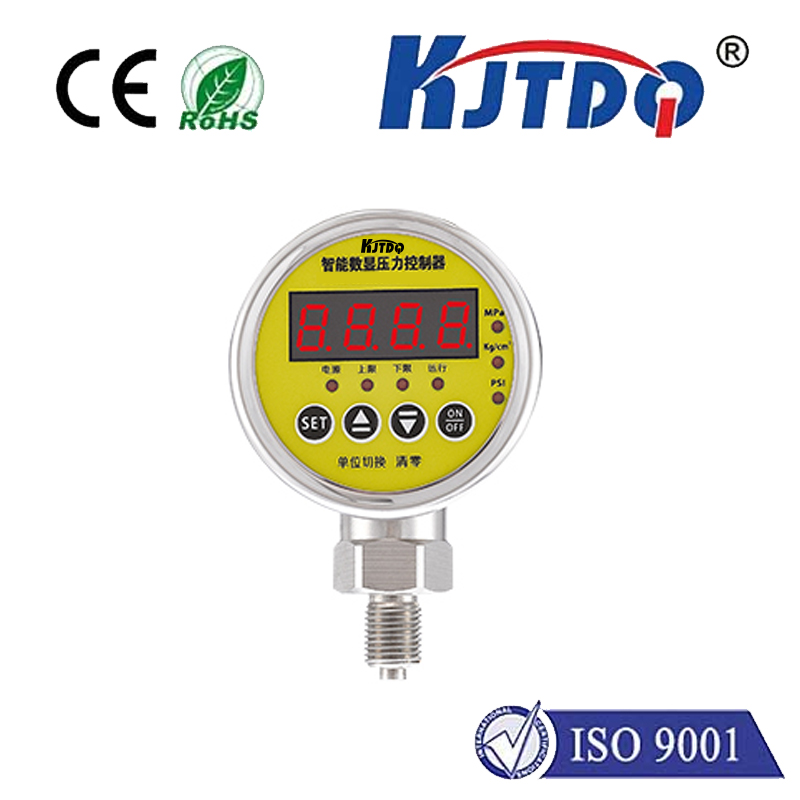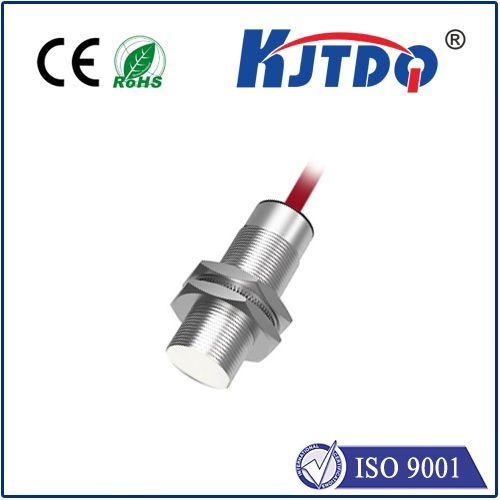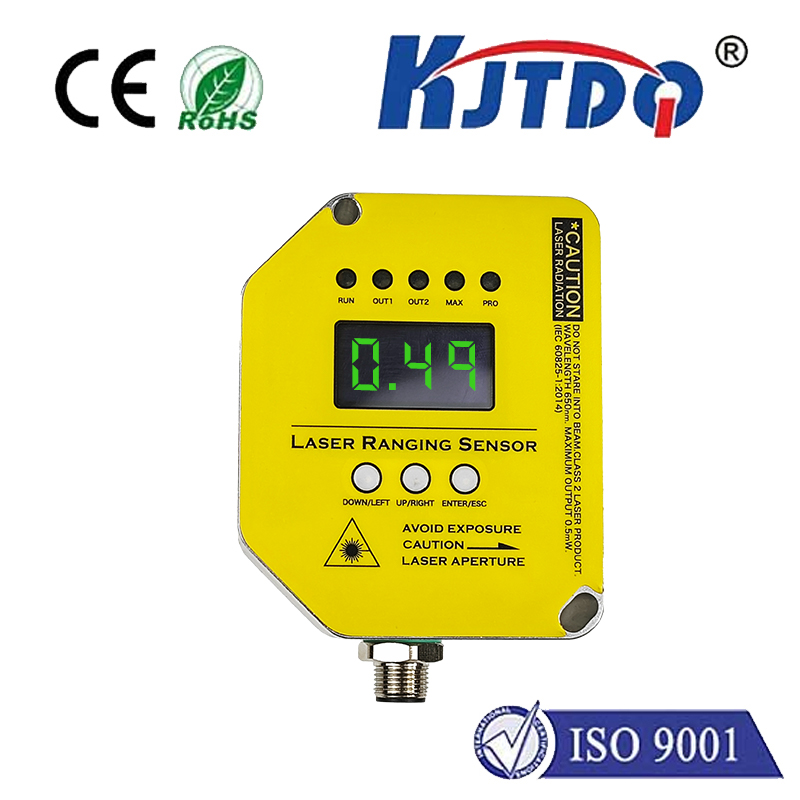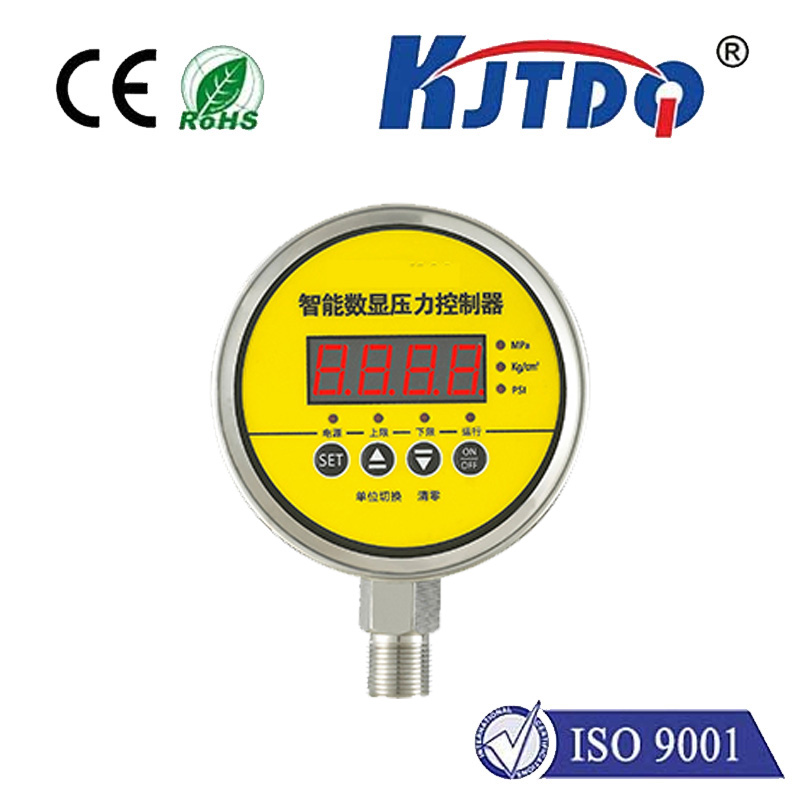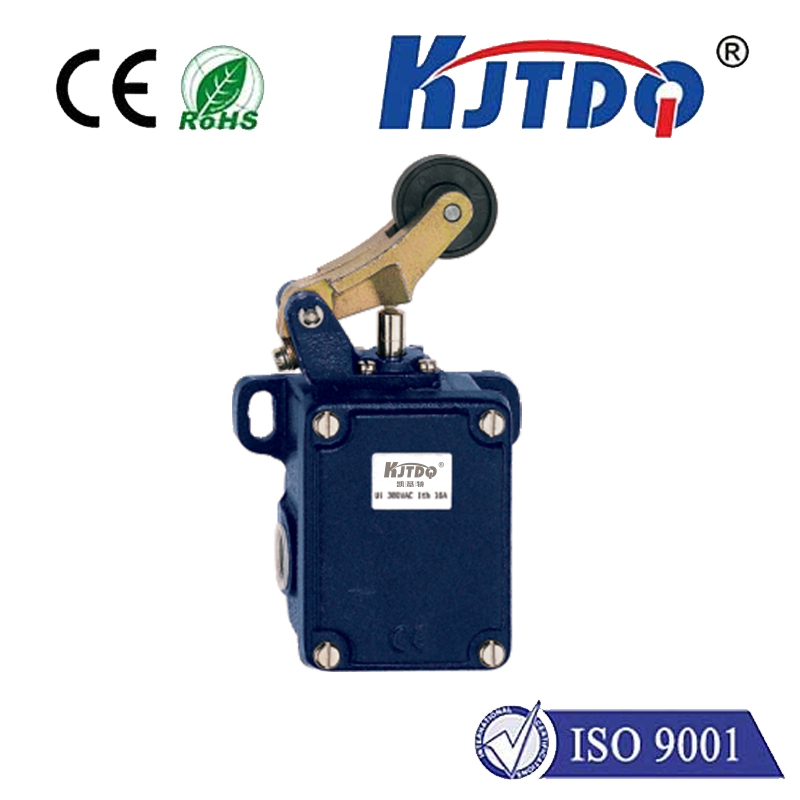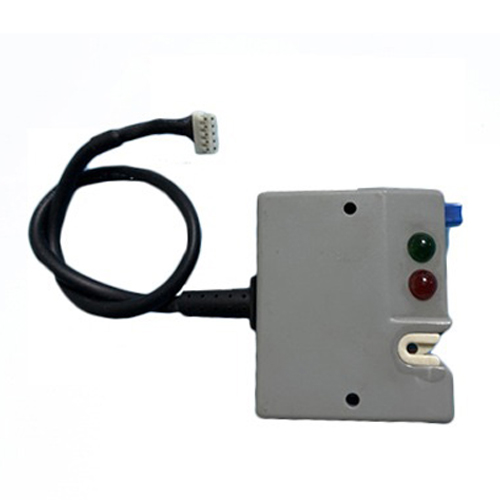

check

check

check

check
Picture this: dusk settles over a large warehouse. Instead of someone scrambling to flip switches, lights seamlessly brighten aisle by aisle as workers move through them. Or imagine driving into a dimly lit parking garage where overhead fixtures gracefully awaken just ahead of your vehicle. This isn’t magic; it’s the practical magic of photoelectric light sensors at work. These sophisticated yet fundamental devices are the silent conductors orchestrating countless automated lighting systems around us, optimizing energy use and enhancing convenience by responding intelligently to ambient light levels.
So, what exactly powers this everyday technology? At their core, photoelectric light sensors operate on a remarkably elegant principle: they convert light energy (photons) into a measurable electrical signal. This process hinges on the photoelectric effect, where certain materials release electrons when exposed to light. Within the sensor, a photosensitive component – like a photodiode, phototransistor, or photoresistor (LDR) – detects changes in light intensity detection. As light levels increase or decrease, the electrical properties of this component shift correspondingly. For instance, a photoresistor’s resistance decreases significantly when illuminated, allowing more current to flow. This electrical change is the sensor’s raw signal.
Harnessing this signal is where the intelligence comes in. The sensor is typically integrated with processing circuitry within a light control system. This circuitry constantly monitors the sensor’s output. When the detected ambient light level drops below a predetermined threshold – indicating dusk or entry into a dark interior space – the circuitry activates the lighting load (e.g., turns on the lights). Conversely, when sufficient ambient light returns at dawn or upon exiting the area, the circuitry deactivates the load, preventing lights from burning unnecessarily during daylight hours. This precise switching is the key to their energy-saving prowess.

Photoelectric light sensors are primarily classified into two distinct types based on their operation:
The simplicity and effectiveness of passive photoelectric light sensors translate into a vast spectrum of applications:
Implementing these sensors effectively requires attention to detail. Proper placement is paramount – ensuring the sensor’s “eye” has a clear view of the ambient light conditions it needs to monitor, away from competing light sources like other fixtures or direct sunlight at specific times. Mounting height and orientation significantly influence their sensitivity and accuracy. Crucially, avoiding sources of potential false triggering is essential. This means not aiming sensors towards areas with constant movement (like roads with heavy traffic acting as periodic moving objects) or reflective surfaces that could confuse the ambient light reading. Effective shielding or strategic placement mitigates these issues. Integration also involves setting the light level threshold correctly, which determines the exact point of twilight or interior dimness when the lights activate. Many modern sensors offer adjustable sensitivity for this purpose.
The advantages of incorporating photoelectric light sensors into lighting systems are substantial and multifaceted:
Far more than just a light-activated switch, the photoelectric light sensor is a fundamental enabler of intelligent, responsive environments. Its ability to accurately sense light intensity detection and trigger actions based on ambient light levels powers vast networks of automated lighting systems. By enabling precise automatic light regulation, these unassuming components play a critical role in reducing energy waste, lowering costs, extending hardware life, and making our spaces safer and more convenient. From the streetlights guiding us home at night to the warehouse aisle lights activating only for workers, photoelectric light sensor technology is deeply embedded in our infrastructure, silently driving efficiency and illuminating a path towards a brighter, more sustainable future for homes, businesses, and cities alike.

